This Eastbourne school has a whole zoo inside – here’s what it’s like
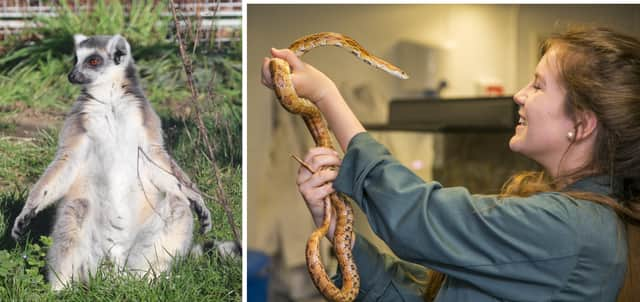

But one Eastbourne school has a whole zoo.
Alongside the human animals who teach and learn there, Bede’s Senior School is home to up to 70 species of mammals, birds, amphibians, reptiles, fish, and creepy crawlies.
And its keepers believe it’s one of the only conventional schools in the country which has a fully-fledged zoo.
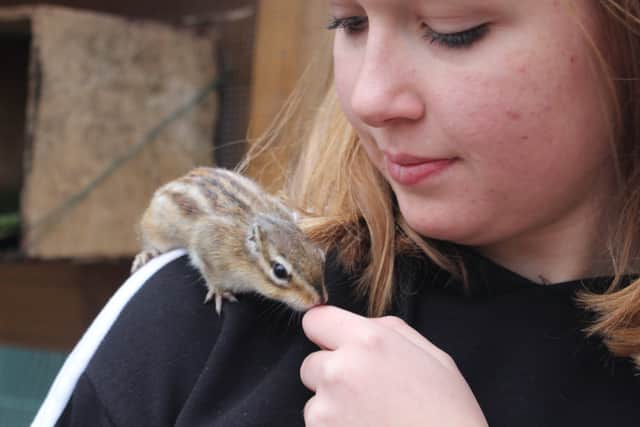

Advertisement
Hide AdAdvertisement
Hide AdStudents can study for a qualification in animal management, or spend their break times interacting with and feeding the animals.
Zookeeper Helen Poyser says it helps young people relax but also helps build a more respectful relationship towards animals.
She said, “It’s great to see a side to children that maybe isn’t seen across the school. We see children come to us and are brilliant with animals and are getting praised and rewarded and it becomes their safe haven down there.
“Kids come down on their lunch breaks just to hold a snake or feed a chipmunk. If they have a stressful day with exams, my door’s always open.”
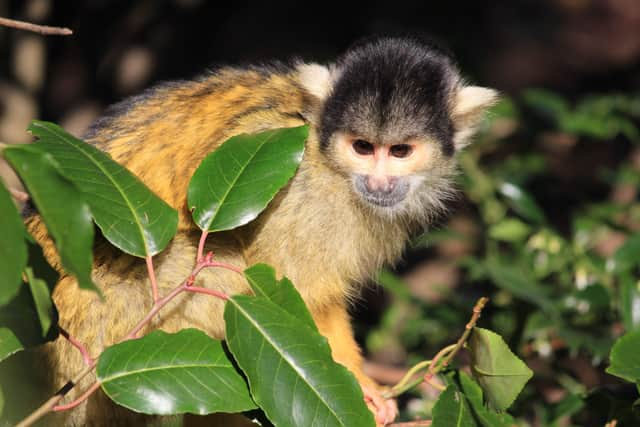

Advertisement
Hide AdAdvertisement
Hide AdShe said, “We realise we are in a very privileged situation to have a zoo and we want to make sure we are reaching out to the local community.”
Children from other schools can come for visits, as well as groups of Brownies, Guides, and Scouts, and the zoo offers work experience to youngsters across Eastbourne.
“We have got a real belief being able to see what you are learning about,” Helen said, “Having that physical involvement for a lot of kids makes learning easier.”
Students can do a BTEC in animal management at the school zoo, which is the equivalent of an A-Level.
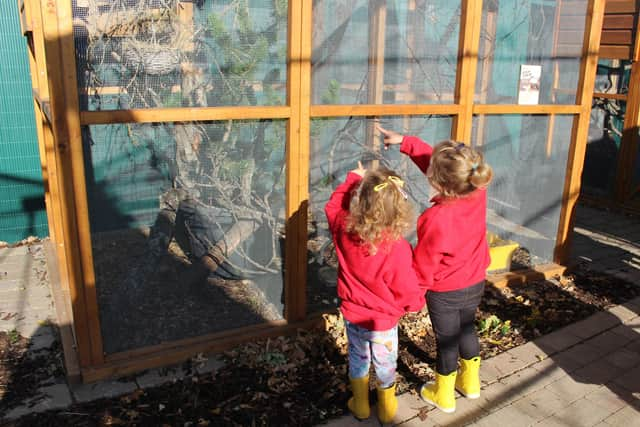

Advertisement
Hide AdAdvertisement
Hide AdThere is also a Zoological Society which sees students able to feed the grey hornbills, clean out the Royal Pythons’ vivarium, or improve the feng shui of the chipmunk enclosure.
All of Bede’s First Year pupils have a course based at the school zoo, exploring issues faced by wildlife all over the world.
But, while the children seem to get a lot out of it, the relationship goes both ways. The pupils also learn about conservation and are encouraged to respect wildlife.
Bede’s Zoo is part of a dormice conservation program which has seen many animals they breed return to the wild.
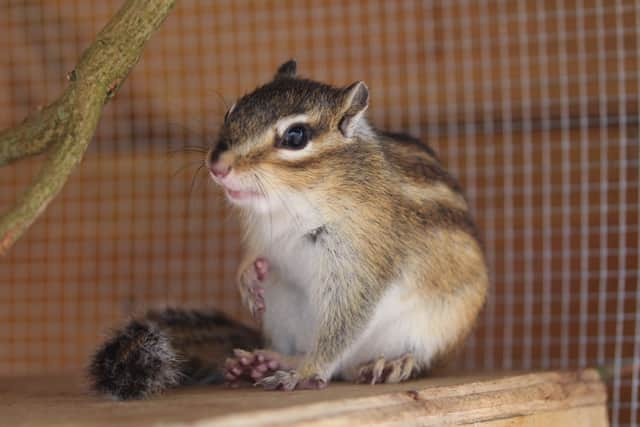

Advertisement
Hide AdAdvertisement
Hide AdThey are currently the third biggest contributor to the program in the whole of the UK.
In the past the zoo has also helped European Polecats be released back into the wild in the Brecon Beacons.
Helen said, “There’s things we can do to make sure conservation at home is being thought about, as well as teaching about deforestation and the pet trade.”
The keeper, whose background is at Colchester and London Zoos, explained how she teaches students the animals have boundaries and should be respected.
Advertisement
Hide AdAdvertisement
Hide AdFor example, the rabbits they keep are taught if they go on a certain platform they can be handled – everywhere else they will not be bothered.
This creates a calmer, more trusting environment for the animals and teaches the children an important lesson.
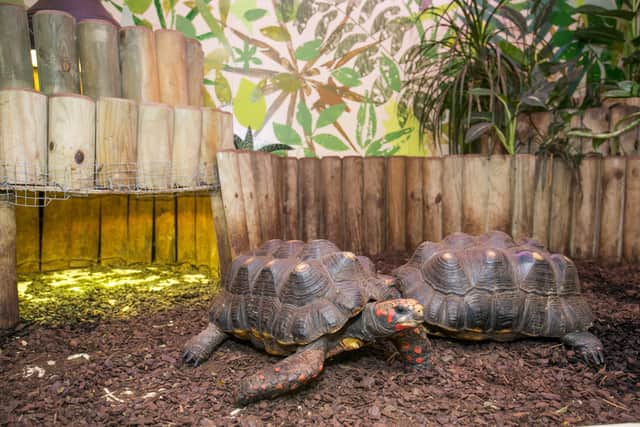

Helen said, “It’s not about being able to hold everything and control everything, it’s teaching people that’s not what animals’ are there for.
“I believe in instilling that respect, it’s teaching much more than just how to look after animals. It’s about kindness and being sensible and responsible.”
Advertisement
Hide AdAdvertisement
Hide AdIt was assistant headmaster Paul Juniper who first hatched the idea for the zoo back in 2011.
He has worked in zoos since he was 18, including as a primate keeper at Flamingo Land, elephant keeper at Woburn Safari Park, and keeper at Howletts and Southport zoo.
What was once an old storage shed is now alive with dozens of critters – from bearded dragons basking in UV rays, to meerkats cavorting and glutting themselves on live grubs.
He got the children on board to help design and make the enclosures and, with the help of a team of builders, the zoo started to take shape.
Advertisement
Hide AdAdvertisement
Hide AdIt began small - as a classroom, animal kitchen, and two animal rooms with three outdoor enclosures for small carnivores, and a tree shrew enclosure.
Over the years it grew and sprawled outwards, and new exhibits were added for birds, hazel dormice, and Siberian chipmunks.
Approval was gained to keep primates from DEFRA, as well as a dangerous animals license for the lemurs.
The zoo grew and grew, and now it has creatures as varied as kinkajou, agoutis and violet turaco.
Paul said teaching young people about conservation was at the heart of the project, “If we don’t educate this generation all this will be gone.”